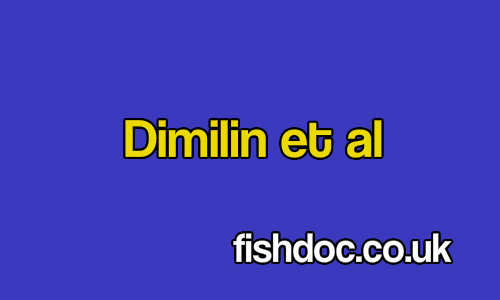Dimilin, effective against Lernaea (anchor worm)Dimilin is used mainly to control insects on crops and is not licensed for fish use. The concern is it’s indiscriminant action against aquatic insect life. Such concerns are justified when used in natural environments such as lakes and rivers – but clearly less of a concern in garden ponds 2020 Note: Dimilin is still rarely available. However it is not the only insect gyrase, “chitin synthesis inhibitor” on the market. Various offerings are commercially available including Hikari’s Cyropro and Microbe Lift Ecological Labs Anchor Worm and Fish Lice Treatment. Any of the above, Dimilin included, is an effective treatment against copepod crustacean parasites such as Lernaea (Anchor Worm), Ergasilus (gill maggots), and is less toxic towards fish than organophosphates. Having searched available literature, there are mixed opinions as to the effectiveness of dimilin against branchiurian parasites such as Argulus sp. (fish lice). Theoretically it should be effective against the larval stages, as these have to go through several molts. I suspect the difference of opinion arises over the effect on adults. 2020 Note: Dimilin and other chitin-synthesis inhibitors are very effective against all branchiurian and lerneiid parasites. How does it work?Insects have an exoskeleton – which basically means they have their skeleton on the outside, rather than the inside as we do. There are differences in the structure of their skeleton and unlike ours, it doesn’t grow with them. To overcome this problem, insects go through growth cycles, during which they shed their old, smaller exoskeleton and make their bodies swell by taking air into the respiratory system (which is spread through out their body, but that’s a different story). As their body expands it stretches the new, elastic cuticle before it sets hard. They may repeat this process several times before reaching adulthood.> The main component of the insect exoskeleton is a substance called chitin. Diflubenzuron (dimilin) works by interfering with the development of the new chitin exoskeleton, so the insect larvae continues to feed and develop normally until they shed their old exoskeleton. They die because the new exoskeleton is not properly formed. Dosage rates:The recommended dosage rate is 0.03mg / litre (=0.11 mg / US gallon / 0.14 mg . Imp gallon). 76% of the treatment persists after one week. A second treatment 10 -14 days later should remove all stages of the parasite.
|

